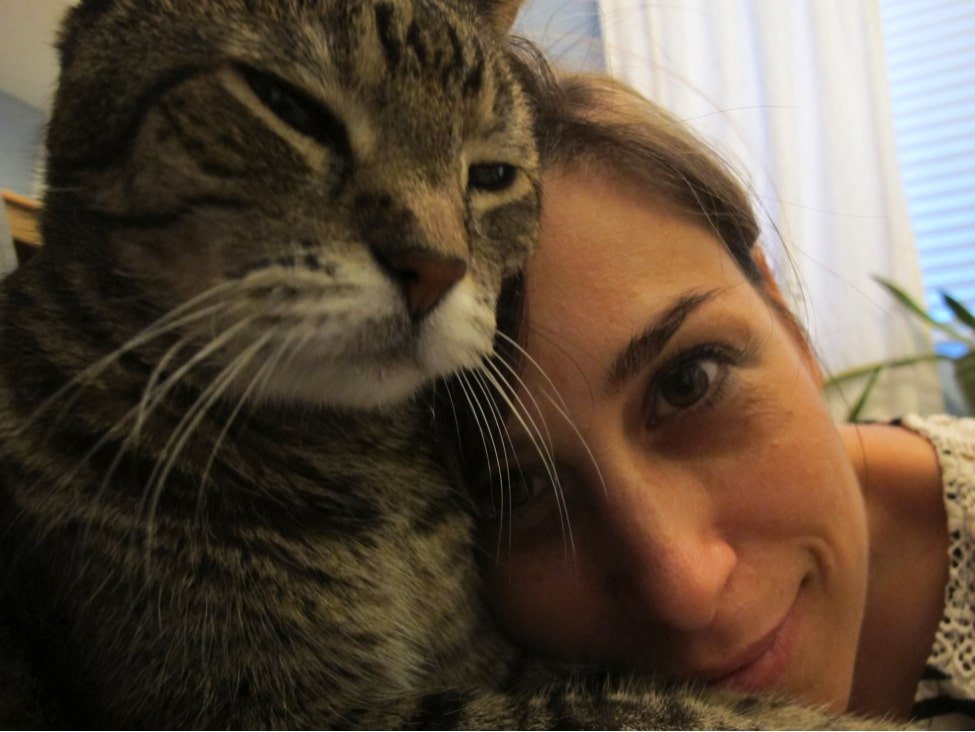
Blog
Euthanasia 101: Understanding Euthanasia for Arizona Pet Parents
Discover compassionate pet hospice and in-home euthanasia services in Phoenix, AZ. Our guide explains how to provide gentle, dignified end-of-life care, helping you navigate tough decisions, create a peaceful farewell, and access support during your pet’s final moments.
Pet Hospice 101: Processing Grief with Compassion and Support
Pet hospice provides compassionate care for pets and support for grieving families. Learn how to navigate pet loss with empathy and guidance.
Pet Hospice 101: Understanding Compassion Fatigue and How to Overcome It
Discover how to recognize and manage compassion fatigue in pet hospice. Gain self-care tips and support to maintain emotional well-being while providing end-of-life care.










